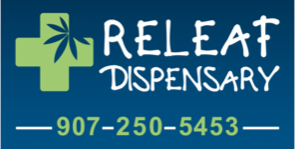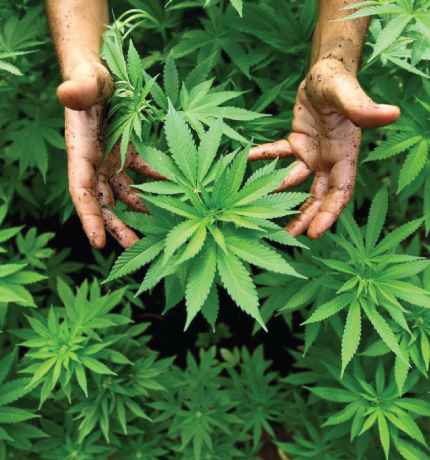Cannabis Flowers and Leaves
Commonly referred to as ‘buds’, the flowers of the cannabis plant are the most potent for medicinal properties. The leaves of the cannabis plant also contain some cannabinoids, but in much lower concentration. The flowers and leaves of the plant can be smoked, vaporized, or used to prepare edibles.
Hash
Hash or Hashish is manufactured by separating the trichomes from the cannabis flowers, to create a concentrated dose of this specific part of the cannabis plant. (The trichomes are the reddish ‘hairs’ that you see on dried cannabis flowers.) The trichomes are then processed into a relatively solid paste or block. Hash can be somewhat powdery or more solid and sticky, depending on exactly how it was processed.
Kief
Kief is also made from the trichome part of the cannabis flower. Kief is just the dried trichomes, without any further processing. It comes as a dry powder. It can be smoked or vaporized or used to make edibles. It is often sprinkled on the top of cannabis before smoking or vaporizing, to augment the trichome content in the flowers. Some grinders (used to evenly cut up the cannabis flowers before vaporizing or smoking) have a small-mesh screen at the bottom for the purpose of collecting kief over time.

